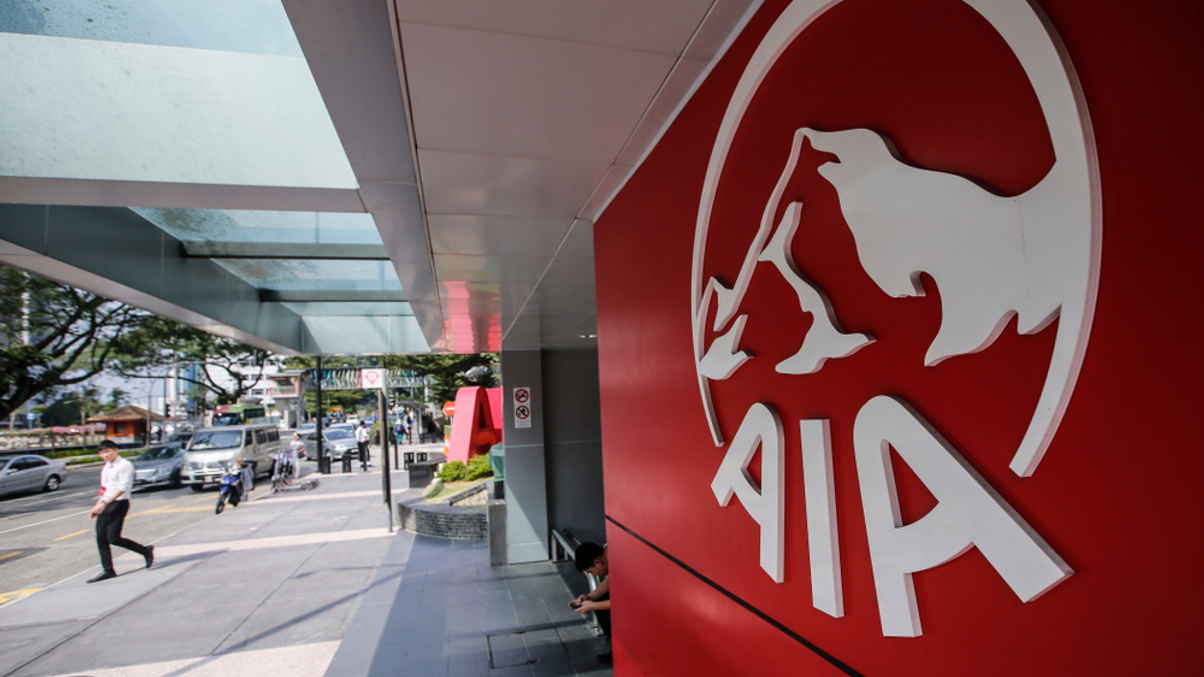AIA set to boost exposure to Asian infrastructure 'as much as possible'
Asia's mega life insurer says the regional infrastructure investment market - including the renewable sector - is now mature enough for investors to take the plunge

AIA Group is aiming to boost infrastructure investment as much as possible globally - with a focus on Asia - saying that the asset class perfectly matches the liability of life insurers. The move will also permit it to support local development, a company spokesman said.
Sign in to read on!
Registered users get 2 free articles in 30 days.
Subscribers have full unlimited access to AsianInvestor
Not signed up? New users get 2 free articles per month, plus a 7-day unlimited free trial.
¬ Haymarket Media Limited. All rights reserved.


